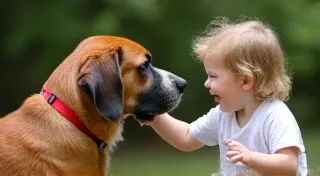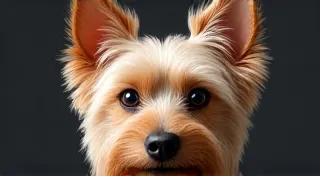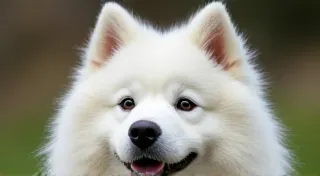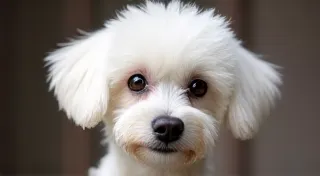Akita Grooming: Maintaining a Thick, Luxurious Coat
Akitas are renowned for their majestic appearance and dignified demeanor, and a significant part of that beauty comes from their distinctive, double-layered coat. This coat, while stunning, demands specific grooming practices to maintain its health and prevent issues like matting and skin problems. This guide provides essential tips for Akita grooming, covering everything from brushing to bathing, ensuring your Akita looks and feels its best.
Understanding the Akita Coat
The Akita's coat is a double coat, meaning it consists of two distinct layers: a soft, dense undercoat for insulation and a longer, coarser outer coat for protection. The undercoat sheds seasonally, typically in spring and fall, and the amount of shedding can be significant. Understanding this dual nature is crucial for effective grooming.
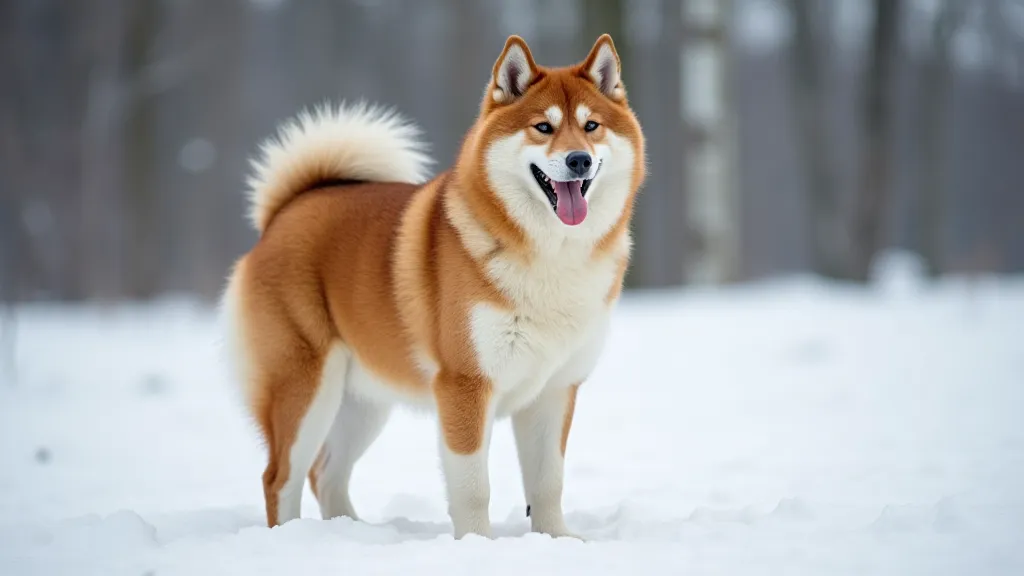
Brushing: The Cornerstone of Akita Grooming
Regular brushing is the most vital aspect of Akita grooming. It helps remove loose hair, prevents mats, distributes natural oils, and stimulates healthy skin. Here’s a breakdown of brushing techniques:
- Frequency: During shedding season (spring and fall), brush your Akita daily. The rest of the year, aim for at least 2-3 times per week.
- Tools: A combination of tools works best:
- Slicker Brush: Good for removing loose hair and debris.
- Undercoat Rake: Essential for reaching and removing the dense undercoat.
- Pin Brush: Helps smooth the outer coat and distribute oils.
- Technique: Brush in the direction of hair growth, paying close attention to areas prone to matting like behind the ears, under the legs, and around the tail. Gently lift the outer coat to reach the undercoat.
Bathing: Less is More
Akitas don't require frequent bathing. Over-bathing can strip their coat of natural oils, leading to dryness and skin irritation. Typically, bathing once or twice a year is sufficient. However, you may need to bathe your Akita more often if they get particularly dirty.
Bathing Tips:
- Use a dog-specific shampoo: Human shampoos can be too harsh.
- Thoroughly rinse: Soap residue can cause skin irritation.
- Conditioner (optional): If your Akita’s coat feels dry, a dog conditioner can help.
- Dry Completely: Use a high-velocity dryer to ensure the coat is completely dry, especially in colder months. This helps prevent fungal infections.
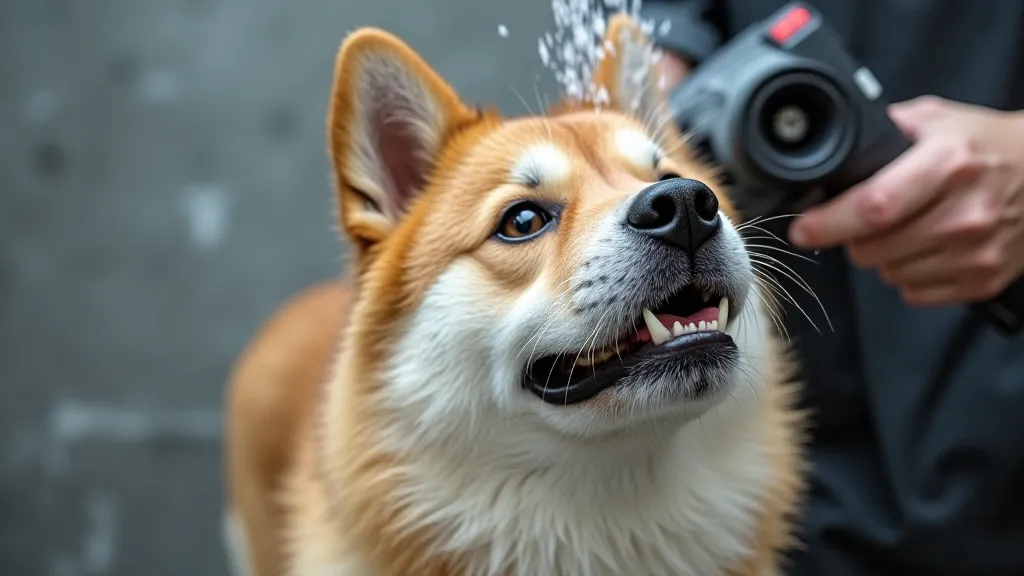
Nail Trimming & Ear Cleaning
Nail Trimming: Keep your Akita’s nails trimmed to a comfortable length. Overgrown nails can be painful and affect their gait. Trim them every 2-4 weeks, or as needed.
Ear Cleaning: Akitas are prone to ear infections due to their drop ears. Clean their ears regularly (once a month or as recommended by your veterinarian) with a dog-specific ear cleaning solution.
Dealing with Shedding
Shedding is an inevitable part of owning an Akita. Invest in a good quality vacuum cleaner with strong suction to manage the loose hair. Regularly cleaning your furniture and floors will also help.
Professional Grooming
Consider taking your Akita to a professional groomer periodically, especially during heavy shedding season. A professional groomer has the expertise and tools to thoroughly groom your Akita’s coat and address any specific concerns.
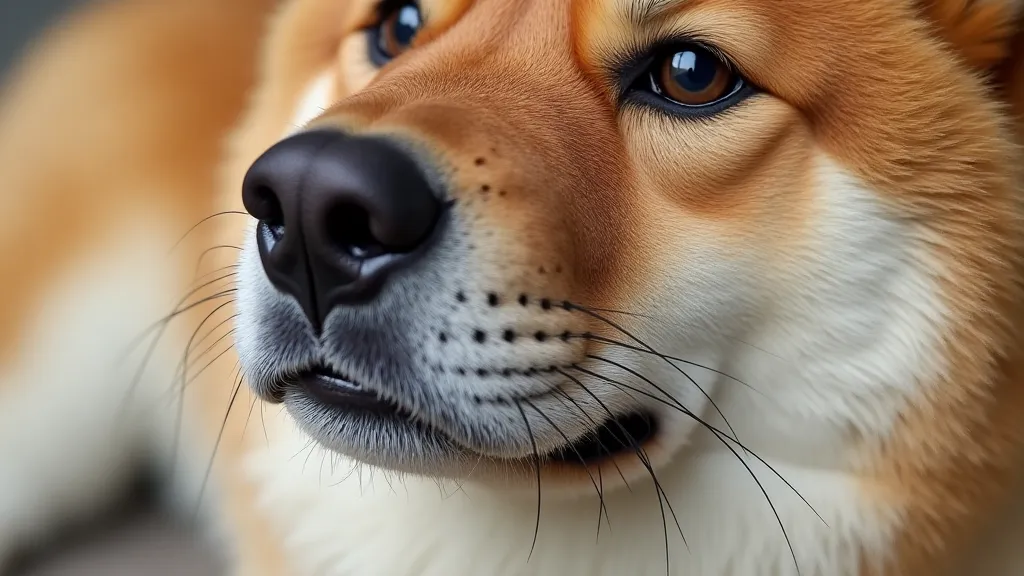
Conclusion
Maintaining an Akita's thick, luxurious coat requires commitment and consistent effort. By following these grooming tips, you can help your Akita look and feel its best, while also promoting their overall health and well-being. Remember to consult with your veterinarian or a professional groomer for personalized advice and to address any specific concerns.
